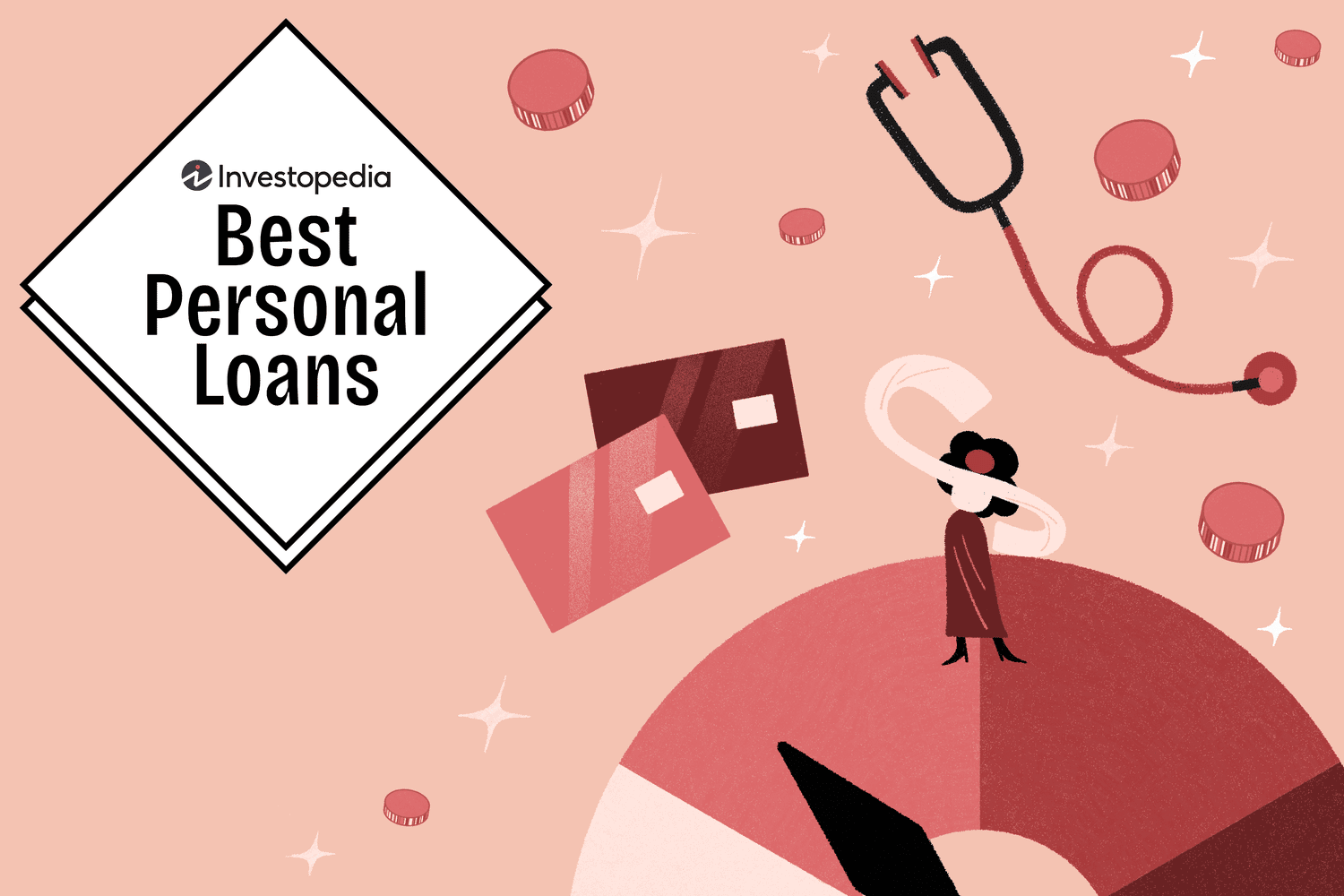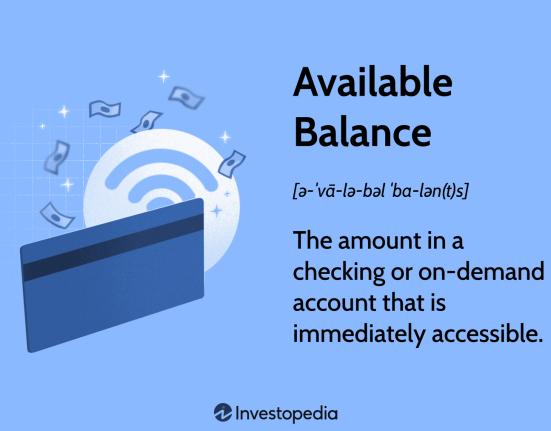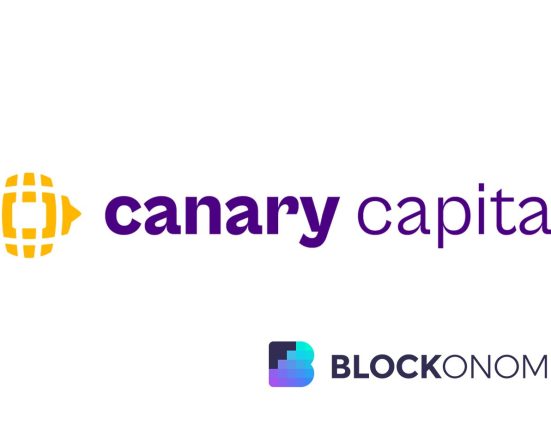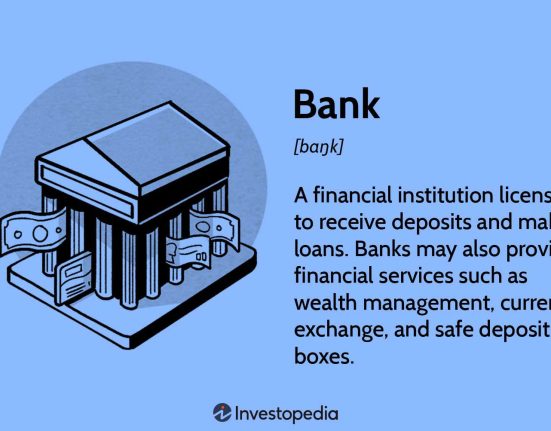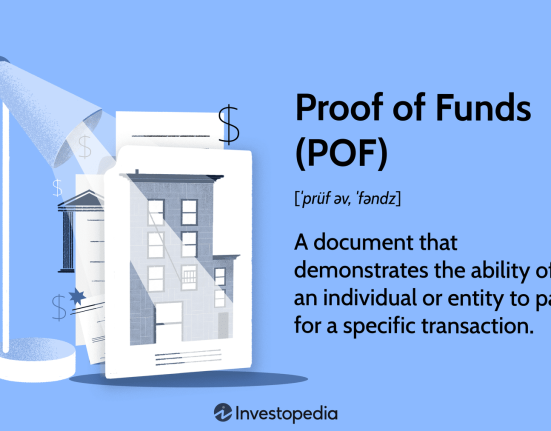Why You Should Trust Us
Investopedia’s researchers spent countless hours analyzing hundreds of data points to determine the factors that mattered most for readers when choosing what company to take out a bad credit loan with. When choosing which lenders to feature on this list, Investopedia considered their fees, repayment terms, credit score requirements, and more to provide the most comprehensive and unbiased recommendations possible. Founded in 1999, Investopedia has been dedicated to finding its readers the best bad credit loan companies since 2019.
How Does a Personal Loan for Bad Credit Work?
A personal loan for bad credit works much like any other personal loan. These are typically unsecured loans, repaid in installments, and can be used for most any purpose. This means once you receive the balance of the loan, you’ll pay it back, with interest, in installments over a predetermined period of time.
When applying for the loan, be prepared to show proof of current income and identification, including your Social Security number (SSN). For proof of income, you can use copies of pay stubs. The lender will use your SSN to run a credit check. You’ll also need to provide bank account information where loan funds can be deposited. Origination fees and your interest rate are negotiable, but if you have a bad credit score, you won’t have a lot of leverage.
When repaying the loan, you can sometimes receive a discounted rate if you agree to have monthly payments automatically debited from your account. This also can help prevent late payments and the additional fees that come with them.
Who Should Consider a Personal Loan for Bad Credit
One of the main reasons why you might consider a personal loan even if you have bad credit is for debt consolidation. If you have several bad debts, each with a higher interest rate, you might be able to combine them into one payment that will be easier to manage and less of a burden on your monthly budget.
Another reason to consider a personal loan despite bad credit might be unexpected bills that cannot be avoided. Examples may include medical bills, tax bills, or moving expenses.
Tip
If you have bad credit, it’s best to avoid taking out a personal loan for anything that’s not immediately necessary. A better course of action, if the expense can wait, is to work on improving your credit so you can get better loan terms at a later date.
Common Personal Loan Terms to Understand
If you have bad credit and are shopping for a personal loan, it’s important to be familiar with these key terms:
- Credit score: A credit score is based on your credit history and is one way lenders measure your creditworthiness. The most common score is the FICO score, which ranges from 300 to 850. Any score less than 580 is generally considered poor, while one at or above 670 is considered a good credit score. However, standards may vary among lenders.
- Origination fee: Lenders sometimes charge an origination fee to cover the cost of processing the loan application. The fee constitutes a percentage of the total loan amount.
- Annual percentage rate (APR): The APR for a personal loan calculates the percentage of the principal you’ll be charged in interest and certain fees each year. It’s calculated by multiplying the periodic interest rate by the number of periods (monthly in most cases) in a year. The calculation doesn’t include compounding interest but may contain some fees associated with the loan.
- Predatory lending: Those with poor credit scores are among the most common targets for predatory lenders who engage in unscrupulous or unlawful tactics. It’s important to shop around, avoid lenders that pressure you into signing, and consult a financial advisor if you have any questions.
Pros & Cons of Personal Loans for Bad Credit
Pros
-
Soft credit checks
-
Fast access to cash
-
Direct creditor payments
Cons
-
High APRs
-
High origination fees
-
Lower maximum loans
Pros Explained
- Soft credit checks: Many lenders won’t do a hard inquiry when checking your credit, limiting the impact on your credit score.
- Fast access to cash: Some lenders provide funds within a single business day of your loan being approved.
- Direct creditor payments: If the purpose of your loan is to consolidate debt, the lender can send funds directly to your creditors. This can help expedite your payments.
Cons Explained
- High APRs: Having a poor credit score makes it difficult to find a good rate on a loan. The worse your credit, the more you’re likely to pay.
- High origination fees: It’s possible to find loans with low or no origination fees—even with bad credit—but many lenders on our list still charge upwards of 10.00% or more.
- Lower maximum loans: Another downside of bad credit is a limit on how much you’ll be able to borrow, but this varies from lender to lender.
How to Get Funding Fast
If you need funding fast, there are a few different options available to you, all of which can vary in terms of their effectiveness and risk.
- Fast personal loan: After you submit an application for a personal loan, the time it takes for the creditor to disburse funds can be as little as 24 hours. Of the lenders that offer quick funding times, Upgrade is one of the best options for borrowers with poor credit scores.
- Payday alternative loan: Payday loans also let you borrow cash quickly, but their exorbitantly high APRs make them a risky option for borrowers, especially those with bad credit. A payday alternative loan may be a safer option. This type of loan is offered by certain credit unions, and they can’t charge an APR above 28% or have a loan term shorter than one month.
- Credit card cash advance: Credit card owners have the option of requesting an advance against their lines of credit. If you need physical funds as soon as possible, credit card cash advances can be disbursed near instantaneously. However, this type of loan may levy a higher interest rate than what your credit card normally charges, and there might be additional fees.
- Borrow from friends or family: You can cut out the application process of a traditional loan by asking to borrow money from a loved one. In order to do so safely, make sure you and the prospective creditor have clearly outlined in writing the terms of this informal loan, including the interest rate (if applicable) and any consequences of missed payments.
- Borrow from retirement account: Certain retirement plans, including 401(k)s, may allow you to take out a loan against your balance. Unlike an early withdrawal, this loan isn’t subject to the 10% tax penalty, so long as payments are made on time and the amount is repaid in full. And since you’ll eventually return what you borrow (possibly with interest), this type of loan ought to have a net neutral impact on your retirement savings. However, if you leave your job with an outstanding retirement account loan, you may be required to repay the remaining balance in full.
Frequently Asked Questions
-
When it comes to having a poor credit score, it’s often less a question of what loans can you get and more which lenders will approve you. For instance, you can certainly still get unsecured loans if you have a poor credit score, but you likely won’t satisfy every lender’s minimum score requirements. And even if a lender approves you, you’ll typically be offered a loan with less favorable terms than you might’ve received had your score been higher.
One way around these obstacles is by getting a secured personal loan, which will require putting down a valuable asset as collateral. Because said asset offsets a lender’s credit risk, it’ll likely be more willing to work with you and provide a loan with better terms. However, should you default, the lender can seize your asset in order to recoup their losses.
There are other types of loans you may be able to take advantage of, but certain options like payday loans are risky due to their often exorbitant interest rates, potentially in the triple digits. Secured and unsecured loans are likely still the safest bet.
-
If you’ve exhausted all of your conventional lending options, another way you can borrow money is by reaching an agreement with a friend or family member. So long as the amount of funding you require is within your loved one’s ability to lend to you, then there’s nothing stopping them from doing do.
However, even if working with your loved one will inherently be more casual than it would be with a financial institution, it’s crucial to still take this type of loan seriously. Putting together a written loan agreement can ensure that all parties involved are clear on the loan terms and avoid potentially straining your relationship.
-
A hardship loan is a type of personal loan that’s intended to help borrowers stay afloat while facing financial difficulties, such as job losses or unexpected medical expenses. This type of loan typically has a low interest rate; however, it also usually has a low maximum loan amount and short repayment term, and bigger banks are less likely to offer them.
-
While some lenders will advertise certain loan products as having “guaranteed loan approval,” there’s typically still a caveat in the fine print that not every application will be approved. Instead, these loans are designed to be attainable for nearly anybody by circumventing the traditional underwriting process. This typically takes the form of a loan that don’t require a credit check and instead evaluate a prospective borrower based on some other metric.
-
How much a $5,000 loan would cost per month will primarily depend on its APR and the repayment term.
For example, suppose you get a $5,000 debt consolidation loan from Achieve with a repayment term of 30 months. If you’re offered the lowest possible APR of 8.99%, your monthly payment would be $186.72. If the offer instead had the maximum possible APR of 29.99%, then it’d be $238.86.
If the first offer instead had the minimum repayment term of 24 months, your payment would be $228.40—$41.68 more each month, but you’d also pay $119.91 less in interest overall. Meanwhile, if the second offer had the maximum repayment term of 60 months, your monthly payment would be $77.12 lower. However, you’d also pay $4,704.18 in total interest, compared to $2,165.85 with the 30-month term.
Methodology
This list of the best personal loans for bad credit is based on extensive research into a group composed of 59 banks, credit unions, and other lenders. Investopedia considered each lender’s APR, loan amounts and terms, fees, customer experiences, and dozens of other factors. Our criteria and ratings were further informed by surveying hundreds of borrowers about their experiences with personal lenders and their opinions on the process. This research and data collection took place between July 23 to Oct. 18, 2024.
Each of the 45 criteria Investopedia evaluated were grouped into one of four categories and weighted them based on their importance to Investopedia’s readers. This data was then used to develop an overall star rating for each of the 59 lenders that were considered. The four categories and their weights are:
- Loan Costs (APRs, origination and late fees, and autopay discount): 30.00%
- Borrowing Requirements (Secured loans, membership requirement, minimum credit score, and four additional factors): 24.00%
- Lender Features (Online experience, educational resources, pre-qualification, and seven additional features): 24.00%
- Loan Terms (Loan terms and amounts, funding time, and approval process): 22.00%
You can find out more about how Investopedia evaluated personal loans in the complete methodology.

